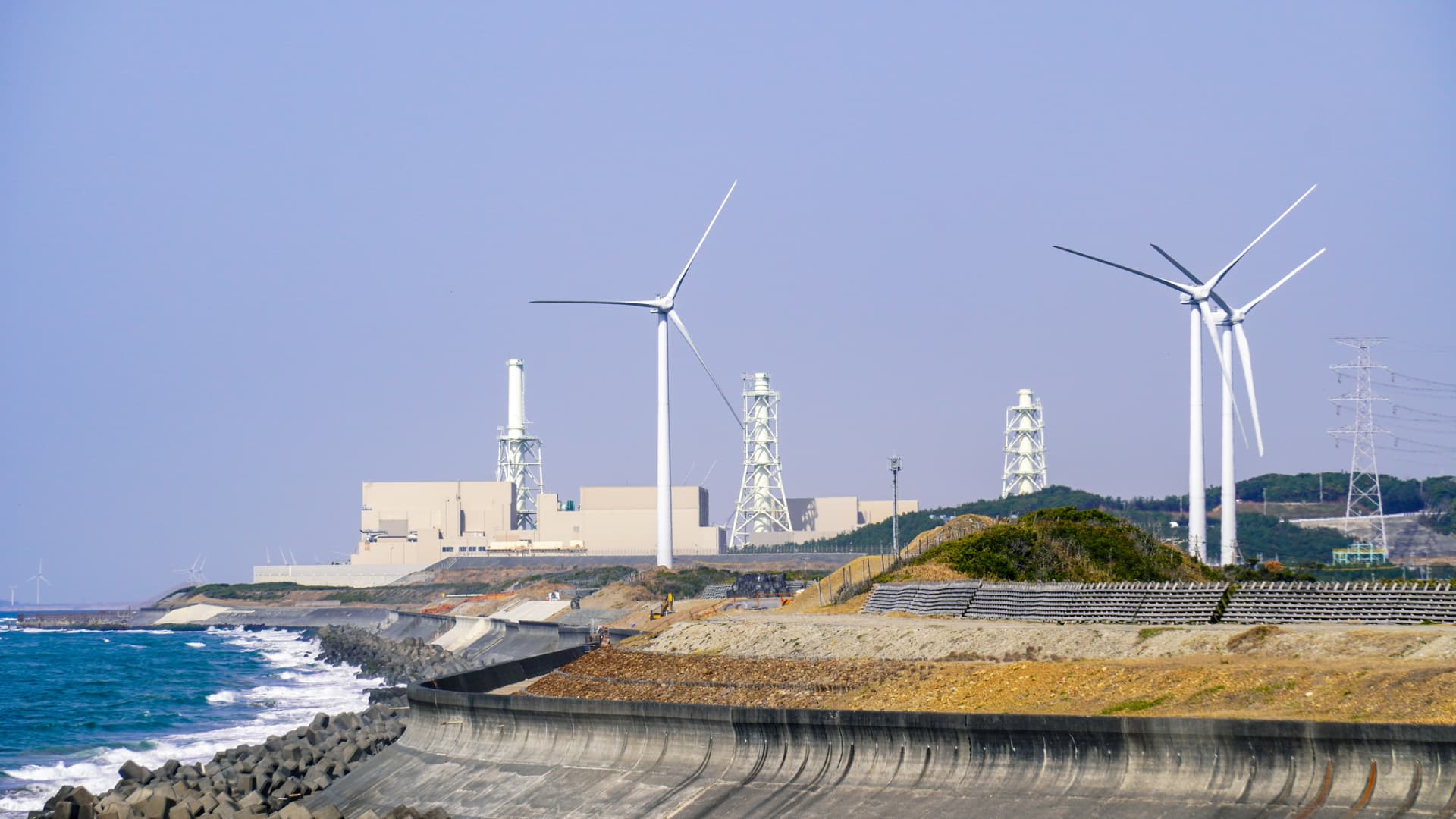Energy
Monday, September 12th, 2022 3:09 pm EDT
It all started with a bushfire. Emma Sutcliffe is a committed operational firefighter with the Country Fire Authority in Victoria. She was so committed in fact that she “sacrificed” her Mitsubishi Outlander PHEV (plugin hybrid electric vehicle) to the flames during a grass fire at Little River. It was her first lesson in bushfires, electric vehicles, and firefighters.
That was what ignited her curiosity into the way electric vehicle battery fires could be handled by first responders. The vehicle had to be left at the police line outside the town. The car burnt but the 12 kWh batteries did not.
Emma’s Outlander was caught in a fast moving grass fire on the outskirts of town, at which 50 fire tankers plus water bombing aircraft were mobilised. The fact that a PHEV got caught up in the fire made Emma ask some questions of herself as a firefighter: If the battery was on fire, would she know how to put it out? What if it started a secondary fire? She started doing some research and, following her involvement with an electric conversion project for the Australian Department of Defence, was awarded seed funding to dedicate her time to establish EV FireSafe, a research & testing project that looks at EV battery fires & emergency response, especially around charging hubs.
As part of the project, she made contact with firies worldwide and realised how fast the EV sector was developing and that these committed volunteers and professionals needed help to keep up.
“Experiencing EVs is one of the best ways to reduce firefighter fear, uncertainty, and doubt,” Emma tells me. The most important fact she shared was the rarity of battery electric fires. Out of 16 million EVs globally, there have been 400 battery fires. In Australia, there have been two — one was deliberately started under the car, the other car burnt because the garage caught on fire.
Emma’s research seeks to answer the question: What do emergency responders know & need to learn to face EV ignition, vapor cloud explosion, electrocution, & collision risks?
Some of these answers are shared with the global emergency response community at the EV FireSafe website, through regular webinars hosted by the CFA & in this EV FireSafe video, filmed in partnership with Jaunt Motors, a Melbourne-based conversion company.
Emma & a multi-agency panel will be discussing road rescue incidents involving electric vehicles at a webinar this week, hosted by the CFA. Registration details are here.
I started my enquiries about EV fires due to a harrowing Facebook post which claimed that firefighters could not save people trapped in burning EVs. Thankfully, as Emma points out in this RMIT Fact Check article that she was interviewed for, this is untrue.
“We’re working with road rescue organisations like the Victorian SES to better understand how to extricate patients from electric vehicles. In partnership with SES, fire agencies & experts at Tesla, we’ve developed some initial thoughts & will be holding a multi-agency discussion about it this week which is open to responders worldwide.”
Many EV misconceptions are due to media bias. They promote the story that if you crash, your EV will burst into flames. I had hoped that legacy carmakers advertising their BEV products would make an attempt to dispel the FUD, but this does not appear to be happening.
First responders do have issues fighting battery fires with thermal runaway. A fire in a petrol or diesel vehicle can be put out in 1 to 2 hours. Putting out a fire in an EV may take upwards of 3–5 hours. Water is used to cool and suppress the flames. Of course, firefighters could take the option of letting the fire burn itself out — so long as no other fires can be started.
A firefighter attending the scene of an EV fire would be able to use thermal imaging to locate the source of the heat and know where to direct the water. The aim is to cool the battery pack down. It doesn’t help when the battery pack is on the underside of the vehicle. One technique is to sweep the underside of the car with water or even jack up one side of the car to get the water in but this can be dangerous. Some jurisdictions use a car bath, but this can short-circuit other batteries, and when the car is pulled out, it can create another fire.
Responding to an EV fire requires a new way of thinking about the fuel source of the fire. In a fire occurring in a gas- or diesel-powered car, it is mainly plastic that is on fire. It can be suppressed with water or foam to take away the oxygen. Batteries on fire in a module in a pack under the car can lead to an exothermic event. They are much harder to get at. There is a need to suppress the flames and cool the battery.
“It’s a different way of thinking for firefighters — we want to put the wet stuff on the red stuff, but with an EV battery fire, we need to consider the unstable chemical process of thermal runaway,” Emma explains.
“This occurs when a battery cell is abused, causing it to short circuit & heat up rapidly. As the pressure builds, the cell may burst & release toxic & flammable gases that can ignite. The heat then dissipates to other nearby cells & the same thing happens, causing a domino effect.
“Our best suppression tool is water, & often lots of it. By sweeping the underside of the EV battery with water, we dissipate heat through the water, slowing & eventually stopping the propagation of heat from cell to cell. But because that heat is being created within a cell that’s inside a battery module & pack, it can take a long time to cool it effectively.
“In some circumstances, it’s a valid option to allow the battery pack to burn out & not attempt to suppress flames or cool the battery. This allows it to burn hot & fast, removing stranded energy, while we protect exposures.”
Car manufacturers are working towards greater safety in the unlikely event of thermal runway. For example, the Tesla Model 3 battery pack is designed to vent flames from the back. A thermal runaway BEV fire is still a rare occurrence, but it may mean greater use of resources such as people and water.
“What’s clear is more research & testing is needed to help emergency responders get familiarised & more comfortable with the management of an incident involving an electric vehicle or an EV charging unit,” Emma says.
First responders are still learning how to deal with electric vehicle battery fires, but through the work of people like Emma they’re learning more every day.
Appreciate CleanTechnica’s originality and cleantech news coverage? Consider becoming a CleanTechnica Member, Supporter, Technician, or Ambassador — or a patron on Patreon.
Don’t want to miss a cleantech story? Sign up for daily news updates from CleanTechnica on email. Or follow us on Google News!
Have a tip for CleanTechnica, want to advertise, or want to suggest a guest for our CleanTech Talk podcast? Contact us here.
Advertisement
This post has been syndicated from a third-party source. View the original article here.




